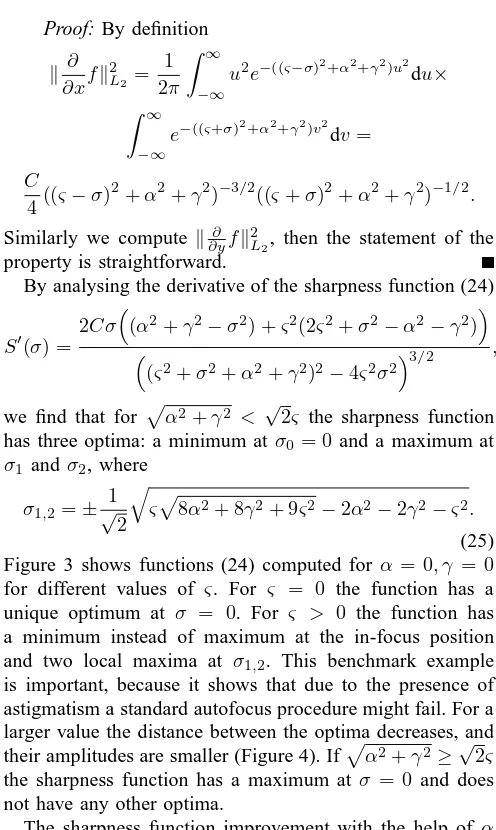Gradient-based Sharpness Function
Full text
Figure

![Fig. 2.2(a): typical configuration of electrostatic stigmators [14]; 2(b): asymmetric PSF in Fourier space, schematic representation; 2(c): The imageformation model; 2(d): Sharpness function S reaches its optimum at the in-focus image](https://thumb-us.123doks.com/thumbv2/123dok_us/1288370.657805/3.595.59.537.54.160/conguration-electrostatic-stigmators-asymmetric-schematic-representation-imageformation-sharpness.webp)


Related documents
Teachers enhance student success by using their expertise with regard to their course’s learning objects to help students set realistic goals adapted to their situations and get
Developing a plan to engage state and local authorities including relevant law enforcement agencies (as required) prior to any real-time or archival data collection for
It is intended that each BRICS use effectively achieve pragmatic cooperation in order to maintain a global economy in balance, not neglecting the need to
This mixed PRS scenario seems more likely, though it renders the concept of a primary (and therefore usefully predictable) representational system. Why does a PRS matter? Well,
model provides in output the temperature circumferential distribution inside the different tyre layers (surface, bulk, inner liner), as well as all the heat flows concerning the
These metrics are: (i) the degree dis- tribution (DD): the traditional distribution of node degrees; (ii) the annotated distributions (ADs): the distributions of customers,
Workforce Planning for Human Resource Professionals Workforce Planning – the Steps Step 3 – Identify Future Skill Gaps. and